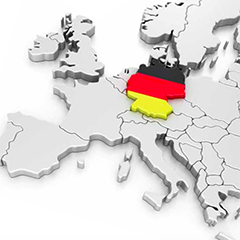Germany has embarked on a journey to fundamentally transform its energy supply system: the energy turnaround, or “Energiewende” as it is known. But the country that kick-started the PV movement around a decade ago has since been superseded by even more ambitious nations. So can Germany become a game-changer once more?
Between 1990 and 2014, power generation from renewable energies in Germany rose from 17 to 160 Terawatt hours. In 2014, they accounted for 26 percent of total generation. Until 2020, the German government targets to increase this share to 35 percent. Most of the power stems from small-scale and decentralized power units with biomass combustion, photovoltaic panels or wind rotors.
More than a million investors now participate in providing electricity – private residents and farmers own almost half of the installed capacity of renewable energy installations, while the share of the big four German energy utilities hovers at less than 10 percent.
It is an unparalleled success story that has unfolded over the last ten years, but it comes at a cost. On 2014, the average feed-in supplement to the regular electricity price of a private residential consumer was 6.24 €-cent per kilowatt hour. In total, German electricity consumers paid around €23.6 billion to finance existing installations of renewables in 2014 via their electricity bills.
Residential consumers paid more than a third, while industry contributed around €7.4 billion. However, many industrial and commercial consumers are exempted from paying the feed-in supplement, because the higher electricity costs would create financial disadvantages in the global marketplace.



























